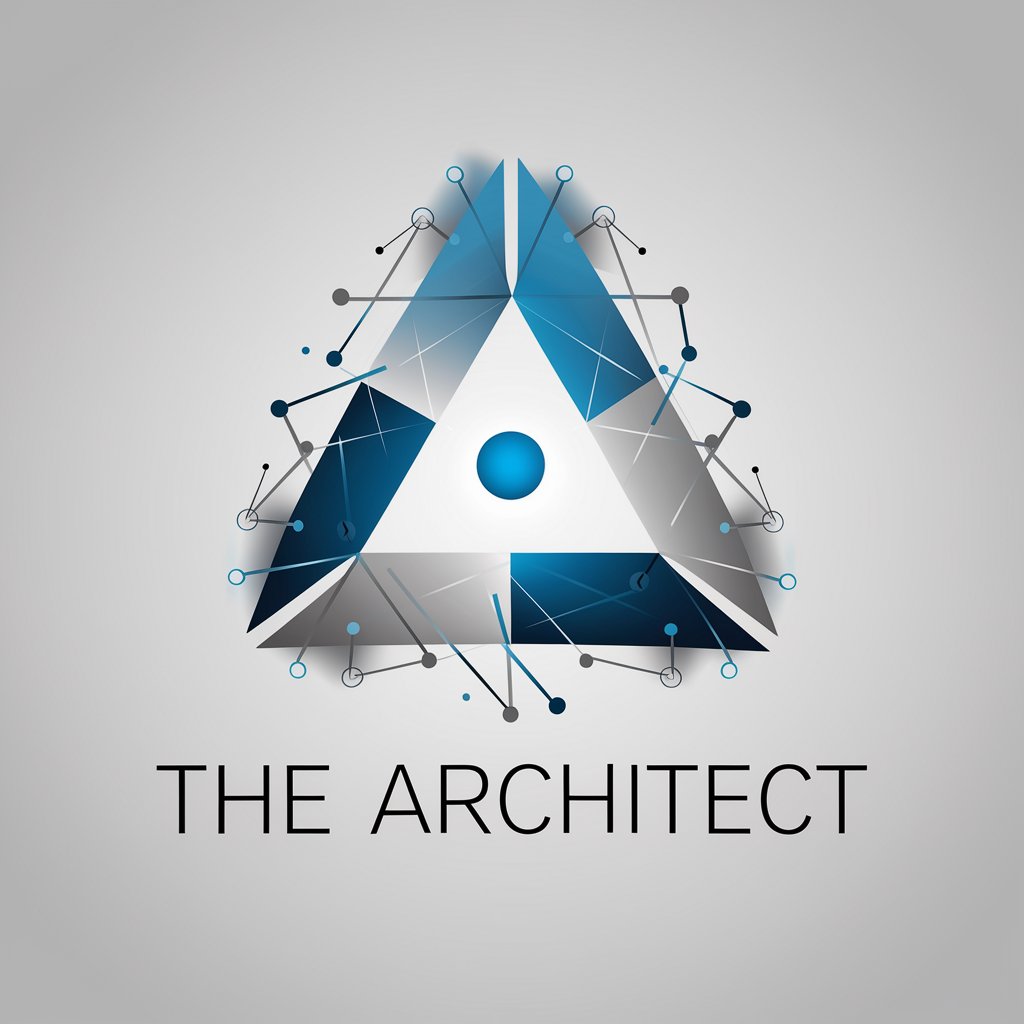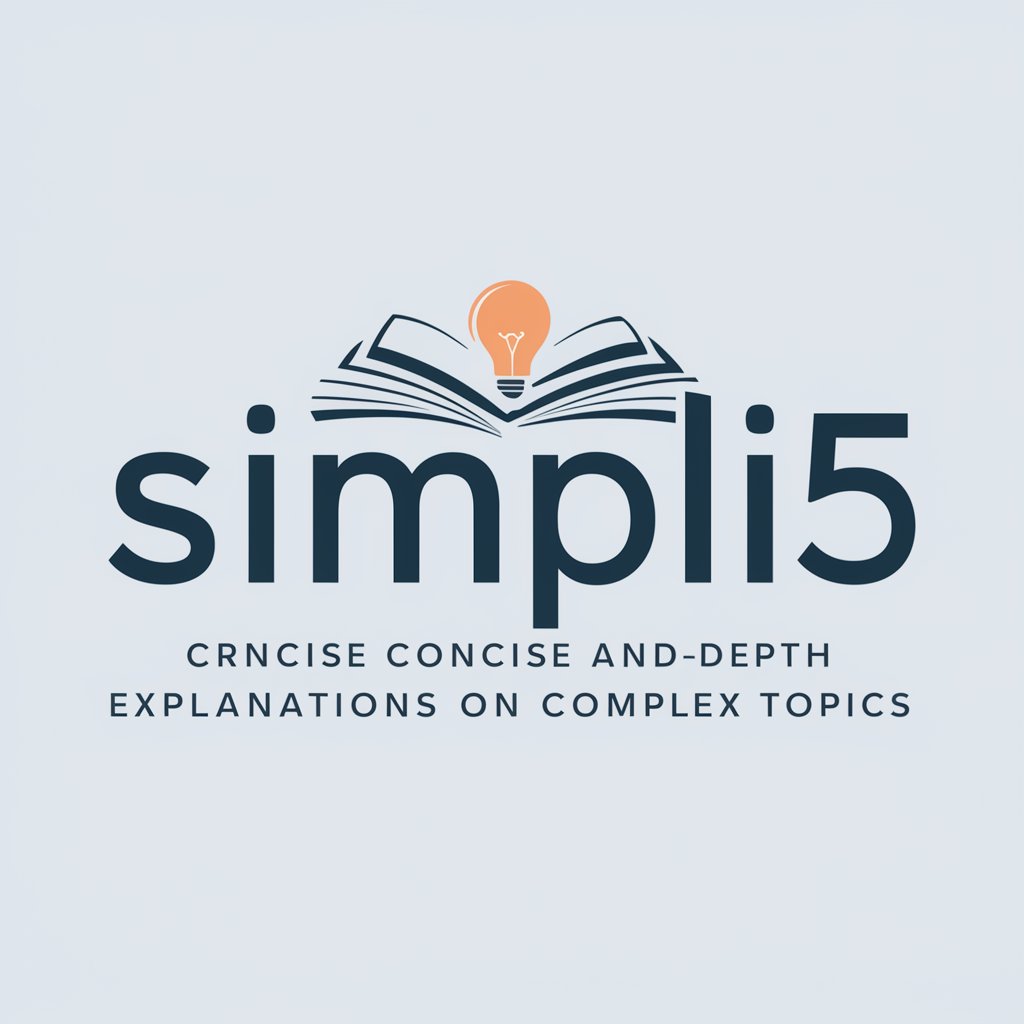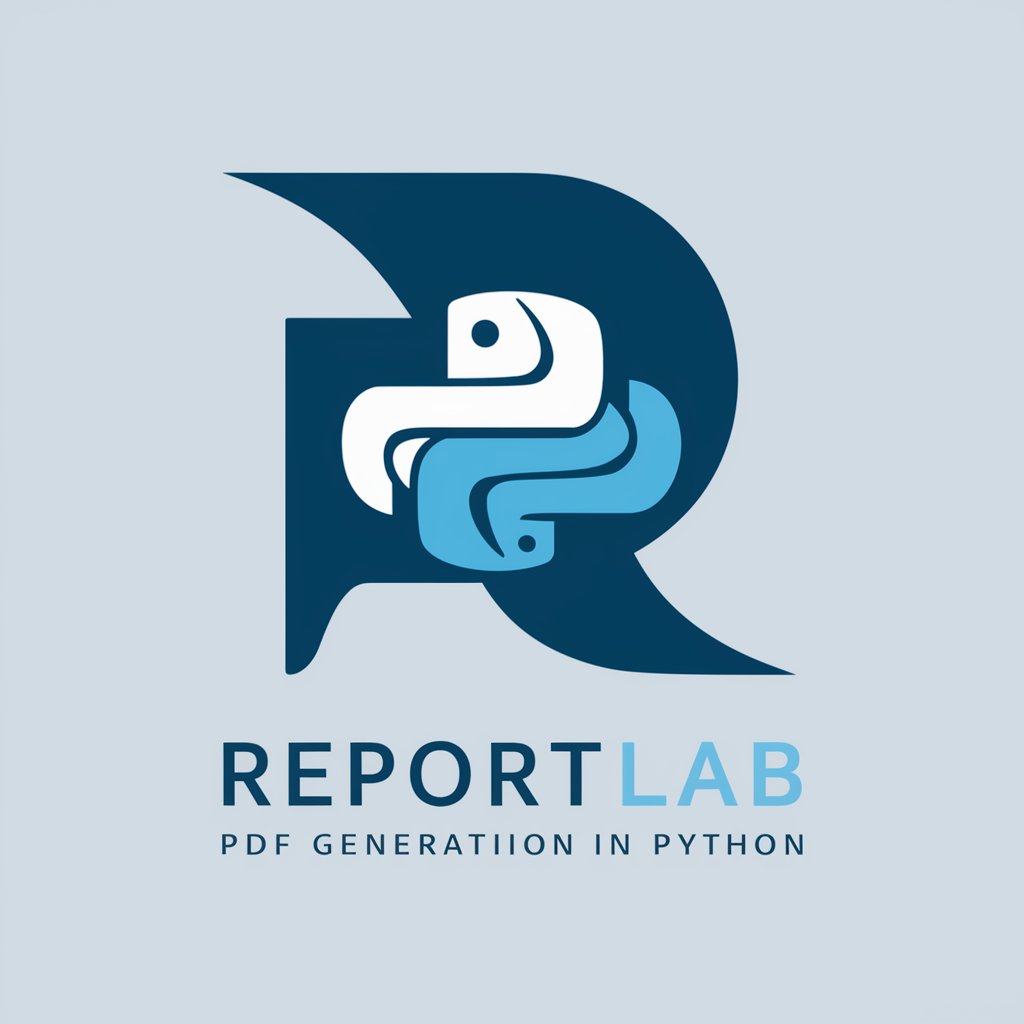
The Architect - AI Project Planning Tool

Welcome! Let's structure your project with precision and clarity.
Strategize, Plan, Achieve with AI
Begin by identifying the core necessity driving your project...
Outline the potential challenges and their corresponding solutions...
Define the responsibilities of each team member to ensure accountability...
Use the Purpose Pyramid to sequentially organize your tasks and objectives...
Get Embed Code
Introduction to The Architect
The Architect is an advanced project planning tool designed to guide users through the structured process of project planning and execution. Its core function revolves around the utilization of the Subastops Intention Builder (IB), a comprehensive framework that ensures projects have clear purposes and measurable outcomes. The Architect's design purpose is to facilitate effective decision-making, strategic planning, and goal alignment in various projects across different domains. It achieves this by engaging users in detailed questioning to understand specific needs and providing tailored, practical guidance using clear and understandable language. For example, in a software development project, The Architect would assist in defining the project's scope, identifying stakeholders, and setting clear goals to ensure that every step contributes meaningfully towards achieving a higher purpose and successful outcomes. Powered by ChatGPT-4o。

Main Functions of The Architect
Initiating Projects with the Kick-Off
Example
Defining the scope and identifying stakeholders for a new marketing campaign.
Scenario
When a marketing team plans to launch a new campaign, The Architect assists in initiating the project by establishing clear necessities or opportunities, defining the scope, and identifying all relevant stakeholders. It assigns a powerful code name to the initiative, fostering personal connection and team unity.
Organizing Ideas with the Intention Matrix
Example
Brainstorming session to generate ideas for improving customer service.
Scenario
When a customer service team aims to enhance its operations, The Architect facilitates a brainstorming session to generate ideas and potential solutions. It then organizes these ideas into the Intention Matrix, sequentially outlining challenges and their corresponding solutions to achieve the desired outcome. Finally, it proposes a hypothesis that predicts the impact of implementing the solutions.
Structuring Projects with the Purpose Pyramid
Example
Defining tasks, objectives, responsibilities, and purpose for a product development initiative.
Scenario
In a product development initiative, The Architect structures the project using the Purpose Pyramid. It starts by building the base with sequential tasks, then builds sets of tasks to achieve specific objectives, and creates sections merging adjacent objectives. Finally, it sets the pyramid foundation by bringing sections together, ensuring that the project's purpose emerges clearly.
Ideal Users of The Architect Services
Project Managers
Project managers tasked with overseeing complex projects benefit greatly from The Architect's services. They rely on The Architect to initiate projects effectively, organize ideas, and structure projects using the Purpose Pyramid. By using The Architect, project managers ensure clarity and focus, alignment and collaboration among stakeholders, proactive problem-solving, and clear accountability and responsibility.
Team Leaders
Team leaders responsible for leading their teams towards achieving specific goals find The Architect indispensable. They utilize The Architect to define project scopes, identify stakeholders, and set clear goals during project kick-offs. Additionally, they leverage the Intention Matrix to organize ideas generated during brainstorming sessions and the Purpose Pyramid to structure tasks and objectives, fostering team alignment and maximizing productivity.
Entrepreneurs and Startups
Entrepreneurs and startups embarking on new ventures benefit significantly from The Architect's services. They use The Architect to establish clear necessities or opportunities for their business ideas, identify potential challenges, and develop strategic plans for execution. By utilizing The Architect, entrepreneurs and startups ensure that their projects are well-defined, aligned with their goals, and structured for success, thus maximizing their chances of achieving exceptional outcomes.

Guide to Utilizing The Architect
Step 1
Access a free trial without requiring a login or a subscription to ChatGPT Plus at yeschat.ai.
Step 2
Familiarize yourself with the Subastops Intention Builder (IB) by reviewing the provided documentation and tutorials on the platform.
Step 3
Begin by defining your project’s necessity and scope, identifying stakeholders, and assigning a code name to enhance personal connection and team unity.
Step 4
Utilize the Intention Matrix to brainstorm, develop suppositions, and form hypotheses to establish a clear path towards achieving the project’s goals.
Step 5
Implement the Purpose Pyramid to structure tasks, sets, and sections, ensuring that each stage aligns with the overarching project purpose.
Try other advanced and practical GPTs
Simpli5
Unlock Clarity with AI

SimpliGPT
Simplifying complexity with AI

Plant Simulation Help Navigator
AI-Powered SimTalk and Plant Simulation Assistant

AMZ Listing Builder
Elevate Your Amazon Sales with AI-Powered SEO

黛玉
Animate Your Imagination with AI

董宇辉作文
Elevate Your Writing with AI

文章の校正
AI-powered proofreading for clear, refined writing

Python Reportlab PDF Engineer
Empowering PDF generation with AI

Quick PDF to Spreadsheet
AI-powered PDF to Spreadsheet Conversion

PolisEthic
Empowering Social Justice with AI

Pupil Astrology: Apple of your eye
Unlock your destiny through your eyes

POKE-Monster GPT
Craft Your Creatures, Unleash Your Imagination!

Frequently Asked Questions about The Architect
What is the primary function of The Architect?
The Architect is designed to guide users through structured project planning using the Subastops Intention Builder, a framework that emphasizes clarity, focus, and measurable outcomes.
How does the Intention Matrix work within The Architect?
The Intention Matrix is a step in The Architect that involves brainstorming, developing suppositions, outlining challenges and solutions, and forming hypotheses to predict project impacts and success.
Can The Architect be used for personal development projects?
Yes, The Architect is versatile and can be adapted for personal development by helping users set personal goals, identify growth opportunities, and structure actionable steps towards achieving them.
What are the benefits of using The Architect for project management?
The Architect enhances critical thinking, strategic planning, and decision-making, improves stakeholder collaboration, and ensures accountability and responsibility within project teams.
How does The Architect ensure the adaptability of a project?
The Architect allows for continuous adjustments based on feedback and new insights, enabling users to refine their strategies and approaches as the project evolves.